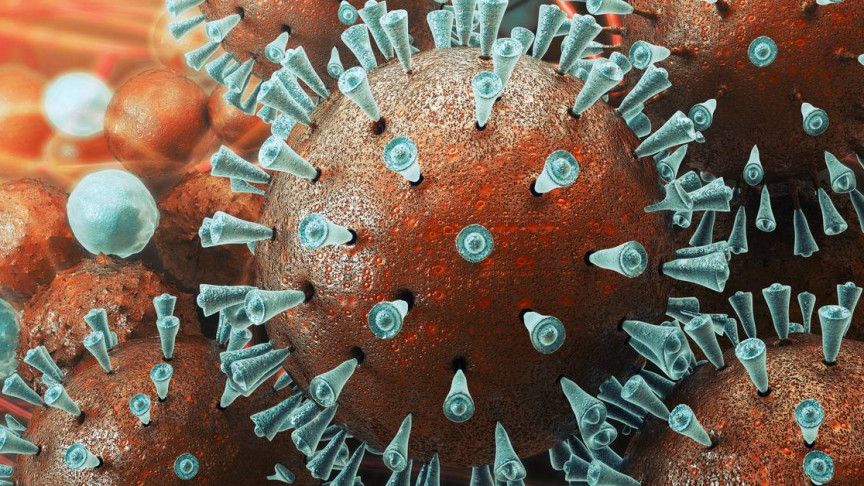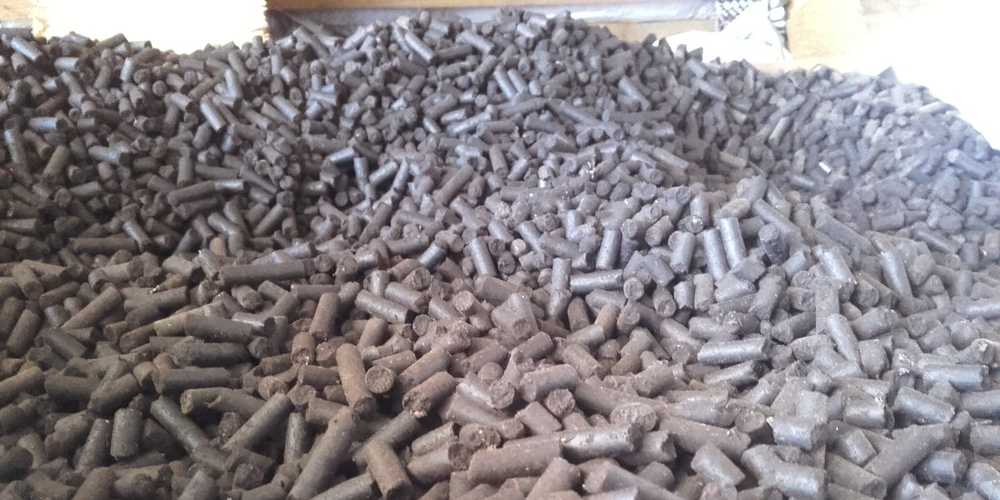There’s no two-ways about it, the Universe is an extremely big place! And thanks to the limitations placed upon us by Special Relativity, traveling to even the closest star systems could take millennia. As we addressed in a previous article, the estimated travel time to the nearest star system (Alpha Centauri) could take anywhere from 19,000 to 81,000 years using conventional methods.
For this reason, many theorists have recommended that humanity should rely on generation ships to spread the seed of humanity among the stars. Naturally, such a project presents many challenges, not the least of which is how large a spacecraft would need to be to sustain a multi-generational crew. In a new study, a team of international scientists addressed this very question and determined that a lot of interior space would be needed!






